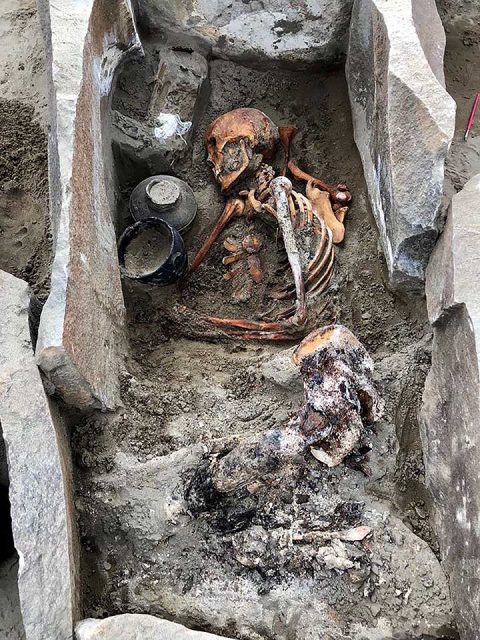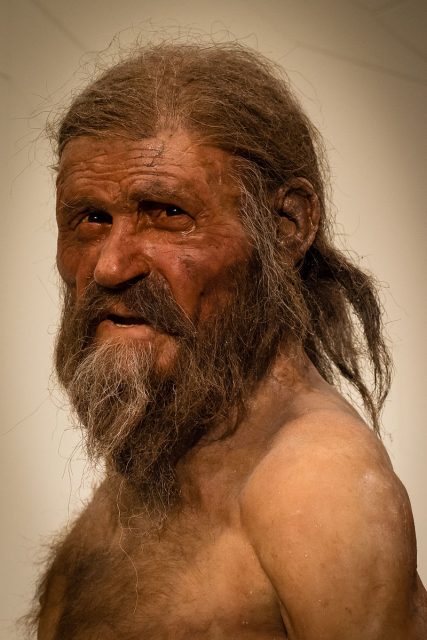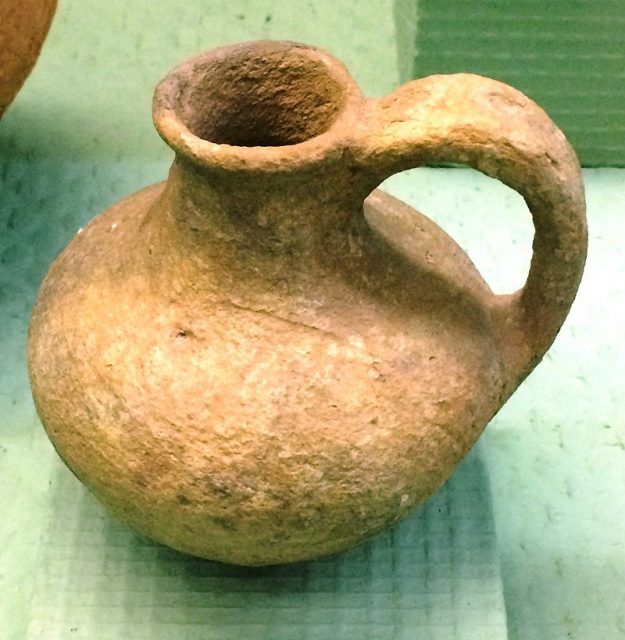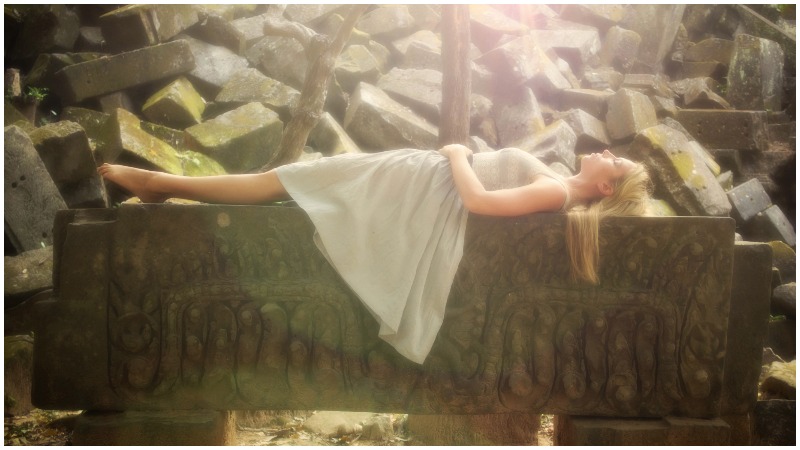A team of archaeologists from the St. Petersburg Institute of the History of Material Culture (Russian Academy of Sciences) have uncovered the mummified remains of a young woman. Nicknamed ‘Sleeping Beauty’, she is thought to have been buried between 1,900 – 2,000 years ago.
The grave is located on the shores of a giant reservoir that feeds the Sayano-Shushenskaya dam, the ninth largest hydroelectric dam in the world. Every May and June the waters recede enough for archaeologists to explore the areas around the reservoir and complete excavations.

This burial site was uncovered when the water level fell significantly enough for the shore to be exposed. The find is remarkable because the site has spent large amounts of time underwater since the reservoir began to be flooded in the 1980’s.
This burial plot has survived in such remarkable condition because the stone used to create the tomb formed an impervious barrier to the outside world.
The stone tomb also contributed to the mummification process; the body has not been processed with chemicals but has been mummified through the unique process of natural mummification.

“This is not a classic mummy,” archaeologist Dr Marina Kalinovskaya states in the Siberian Times, “In this case, the burial was tightly closed with a stone lid, enabling a process of natural mummification.” This process happens when factors such as extremes of cold, extremes of dryness or a lack of oxygen halt the natural decay process.
There are other examples throughout the world such as Otzi the Iceman found in the Italian Alps, the Tollund Man found in Denmark and the Gebelein Mummies found in the Egyptian desert.

It is not just the body that has been so well preserved; luckily the burial offerings have also survived being submerged in water.
As reported by the Siberian Times, the grave also holds two vessels, one of which is a Hun-style vase, which are said to contain a funeral meal along with utensils.
Also found on the chest of the mummy was a pouch of pine nuts and in a wooden box covered in birch-bark, there is a Chinese style mirror in a felt case.

The bottom half of Sleeping Beauty has been particularly well preserved, Natalia Solovieva, the deputy director of the St. Petersburg Institute, reported to the Siberian Times that “On the mummy are what we believe to be silk clothes, a beaded belt with a jet buckle, apparently with a pattern.”
Based on the information so far, the archaeologists working on the dig speculate that the mummy was a highly regarded, possibly noble, member of the nomadic Hun Empire.
The Hun were a hugely successful tribe of warrior nomads who terrorised Europe during the 4th and 5th centuries AD after making their way through Asia and Russia.
Read another story from us: Egyptians used an Amazingly Accurate Pregnancy Test
The remains of Sleeping Beauty are now with the restoration team at the St. Petersburg Institute who will be looking into how the body has been so well preserved and will be conducting further analysis to provide insight into the life and culture of this fascinating specimen.
